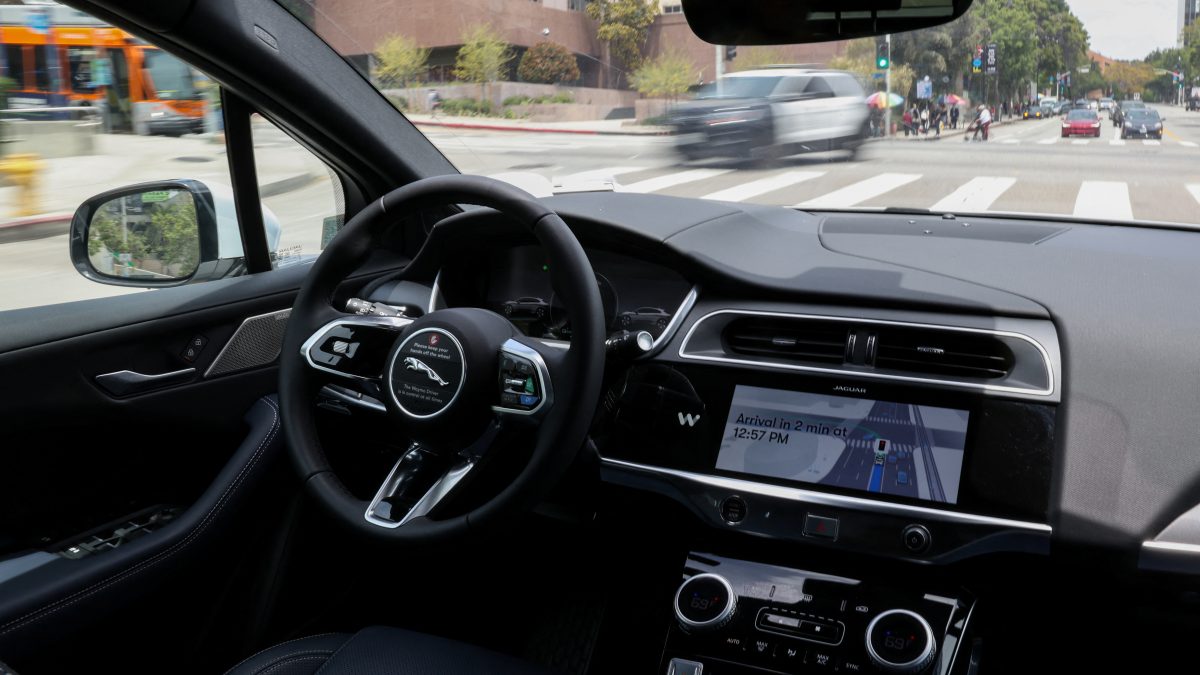This is the one day when several people across the internet world, actually wade through over a 100 slides. Mary Meeker’s state of the Internet presentations usually have a lot of fact and a lot of insight, a combination that is rare in an industry of hype. And this time too, she doesn’t disappoint. There are a number of global insights, including the sobering reality that it still looks like most of the Internet is made in America, but here is our pick of some key India insights: [caption id=“attachment_827499” align=“alignleft” width=“380”]  One of the slides from the presentation showing growth of photos[/caption] 1) India has added 88 million users since 2008 and now has 130+ million users on the internet. Sadly though, penetration is still at 11 percent. China in the same time has added 264 million new users with a total user base of 564 million , the largest in the world. The United States boasts the highest penetration of over 78 percent; China’s is over 50 percent. 2) America has taken over the mobile operating system world with Android and iOS hogging 88 percent market share. 3) There is a stunning slide on photos, which seems to signal that today’s Internet is really about photos - a mind-boggling 500 million photos are updated and shared online everyday 4) More than 50 percent of Indians (second largest after Saudi Arabia) say they share ‘almost everything’ 5) India has 67 million smartphone subscribers, a 52 percent YOY growth and Meeker expects this growth trend to continue - for mobile traffic she expects a 1.5x growth rate to sustain. 6) Smartphone users reach out to their smartphone 150 times a day - to largely message, call, check time (these are over 20 times a day, news alerts are around 6 times a day) 7) There is an understandable entire section on China, signalling that the future of the internet could well be heading there - in that, is a depressing GDP comparison, that somewhat sums it up, of China, Brazil, India, US. China’s gains are phenomenal compared to the rest. 8) In a section around technology companies in the US, entrepreneurs and skills - Meeker marks an interesting trend of the US sending back markedly more folk than in the past. F1 visas are still on a steep rise, while H1 visas have plateaued. While mostly US-focused, the appendix is also worth a quick flip-through. Online education is gaining acceptance in the US, which could be relevant to the Indian market too. There is also a peripheral reference to a gap in the healthcare debate - ‘we ask who will pay the bills, before we ask why is it so high’ says Meeker - again a pertinent question for India. This is the entire deck.
KPCB Internet Trends 2013 from Kleiner Perkins Caufield & Byers


)

)
)
)
)
)
)
)
)



